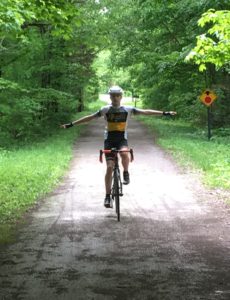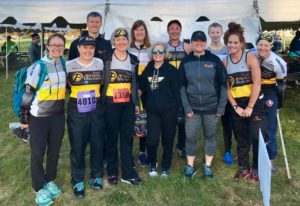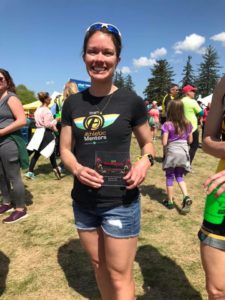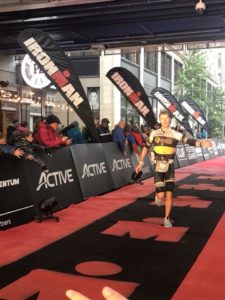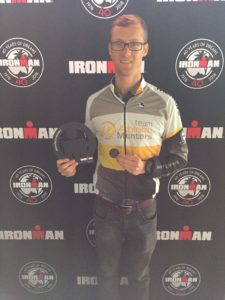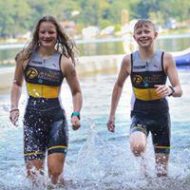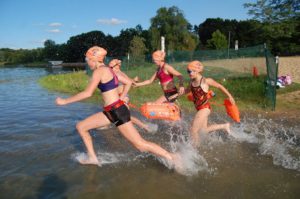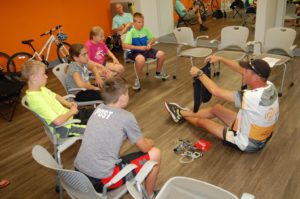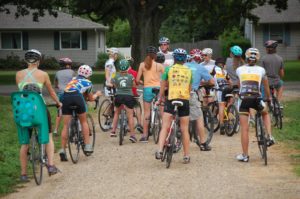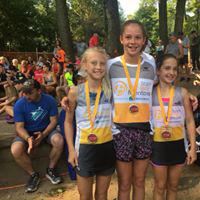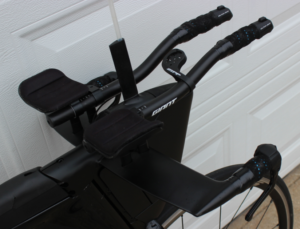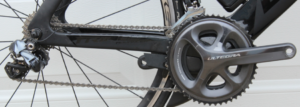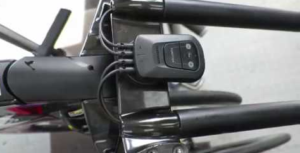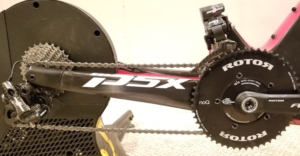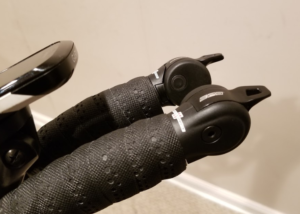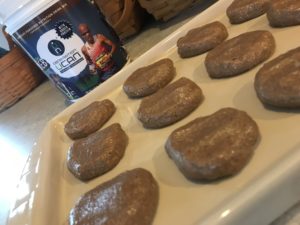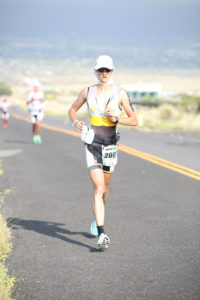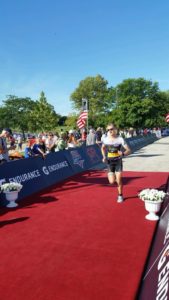By Tammy Shuler
This spring has been a rough one! My training for the Boston Marathon was going great, my speed was up, heart rate down. Then in mid February I woke up with a terrible pain in my upper back. I couldn’t roll over or push myself up with my arms. I thought it was just from sleeping wrong, except it didn’t go away. Weird thing was it stopped hurting when I would run or work out, but then it would come back with worse pain about 45 minutes later. An MRI showed a bulging disc at C7 and after a medrol dose pack (steroids) it was GONE! I was assured it wouldn’t come back. So far so good.
Then the night before the Melting Mann bike ride I was very anxious, more than the usual race nerves. I had nightmares, felt like I couldn’t breath. I decided something wasn’t right and didn’t go to the race. An hour before my wave start, I got the chills, had this little nagging cough and then a high fever that lasted 5 days. I didn’t do anything for 6 days, because I didn’t have any energy. This for an older athlete is devastating. I had pneumonia.
I missed two long runs in my training. Even after I could run my heart rate would shoot to the 180’s when I would get fatigued. My longest run for the month before The Boston Marathon was 8 miles. I did still run Boston, but it was my slowest marathon ever. A new PR right!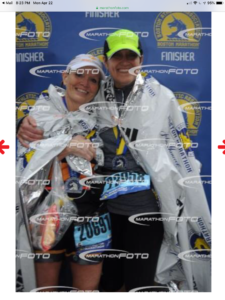
Later this Spring I was still having pain and the doctors discovered I now have two torn hamstring tendons as well as two torn glut tendons. It’s so hard to not get discouraged. It’s the frustration that this body that has always performed for me is not cooperating. It’s one thing to allow my physical body to repair, but the other challenge is mentally being able to deal with not competing or exercising like normal.
How do I deal with my injuries, my pain, and the sadness of not being able to do what I want to do? I think I need to give myself permission to feel sad and acknowledge that mentally I need to care for myself. Just because I can’t run doesn’t mean I need to stop everything and isolate myself. I’m not giving up!
 What else can I do to be a part of my running community? Well I didn’t run in the local Borgess run, but I volunteered. It was wonderful celebrating others victories of crossing the finish line and handing out those medals.
What else can I do to be a part of my running community? Well I didn’t run in the local Borgess run, but I volunteered. It was wonderful celebrating others victories of crossing the finish line and handing out those medals.
Am I just going to sit on the couch because I can’t run? NO, I can still do other activities. I competed in the Grand Rapids Tri doing the Aquabike Category. I could swim and I could bike! I finished first in my age group.
I’m finding other ways to stay active and fit. Maintaining a daily practice of some type of exercising is essential to my mental and physical health. I am slowly digging myself out of this dark hole I’ve found myself in. It’s very humbling and yet amazing what your body can overcome. I’m focusing on the big picture of enjoying this life and knowing that in time my body will heal. It will take patience and perseverance. I plan to listen to my body and adapt my goals for whatever the future will hold.






